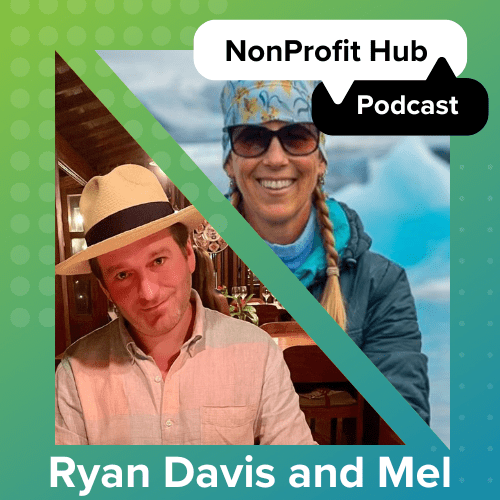Elevator pitch, elevator speech or an elevator statement—whatever you choose to call it, this tiny snippet of information can make a big difference in your networking success.
The idea is that a short summary about your organization should be limited to the length of an elevator ride and should compel your audience to continue the conversation after the ride is over. However, if not done effectively, your pitch can cause more harm than good to your organization.
Here are a few tips for optimizing your elevator pitch and rocking it the next time you choose to deliver it.
Be Specific
Treat your elevator pitch much like your mission statement. Your mission statement describes the reason your organization exists, and your elevator speech should do the same with some extra information about the who, what, where and why:
-
Who: What is your name and what is your relation to the organization?
-
What: What is your mission statement and how can you adapt it?
-
Where: Where are you located and where is your impact focused on?
-
Why: Why should the person speaking to care about your organization?
Keep it Short
Did you know that the average adult’s attention span is about eight seconds? That’s shorter than a goldfish’s, so you don’t have much time to work with.
While your elevator pitch should answer all of the questions mentioned above, it should be concise and brief enough that your intended audience remembers key words. When you are putting your pitch together, time it and make sure that it is no more than 30-60 seconds. Longer elevator pitches may be appropriate in more formal settings.
Remember, a little ambiguity is good; it can help make the other person more curious about who you are and what you do. Just make sure that you save the long details for when they inquire further.
Practice Your Pitch
Just like those high school classes that made you give speeches, a good grade and positive feedback requires that you practice and perfect your pitch. The difference here is that you don’t get notecards or a podium to hide behind, so make sure you put in some extra practice into delivering your pitch.
However, avoid being stiff and robotic. That goes for body language, too—be aware of your nonverbals and the message they might relay. Bad nonverbals, like slumping or crossed arms, can overshadow your pitch.
Say your pitch often, say it clearly, but remember to speak naturally. Memorize the main points and be conversational by adding your personality into it.
Leave a Lasting Impression
Your elevator pitch should work much like a call-to-action. It should be impactful and make people want to know more about your purpose and organization.
Consider ending with an open-ended question that invites the other person to talk further. You may also have something on you that you can leave with the other person, like a small flyer or a business card. This will show your professionalism and your desire to keep in contact.
Keep in mind, however, that one size does not fit all. As you become more comfortable with approaching others with your pitch, it’s okay to customize it to fit your audience’s needs. This will help you make a more unique connection with each person you encounter.
Still wondering what a bad pitch looks like versus a good one? We’ve got you covered. Nonprofit Hub’s staff recently had a little fun crafting good and bad elevator pitches. Check it out in the video below.
Video edited by Devin Thomas.






